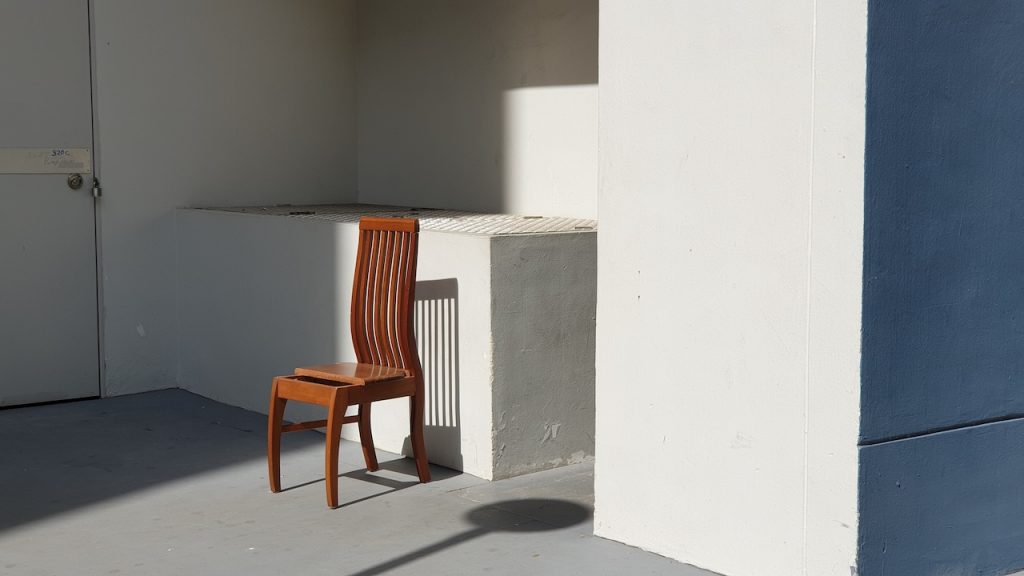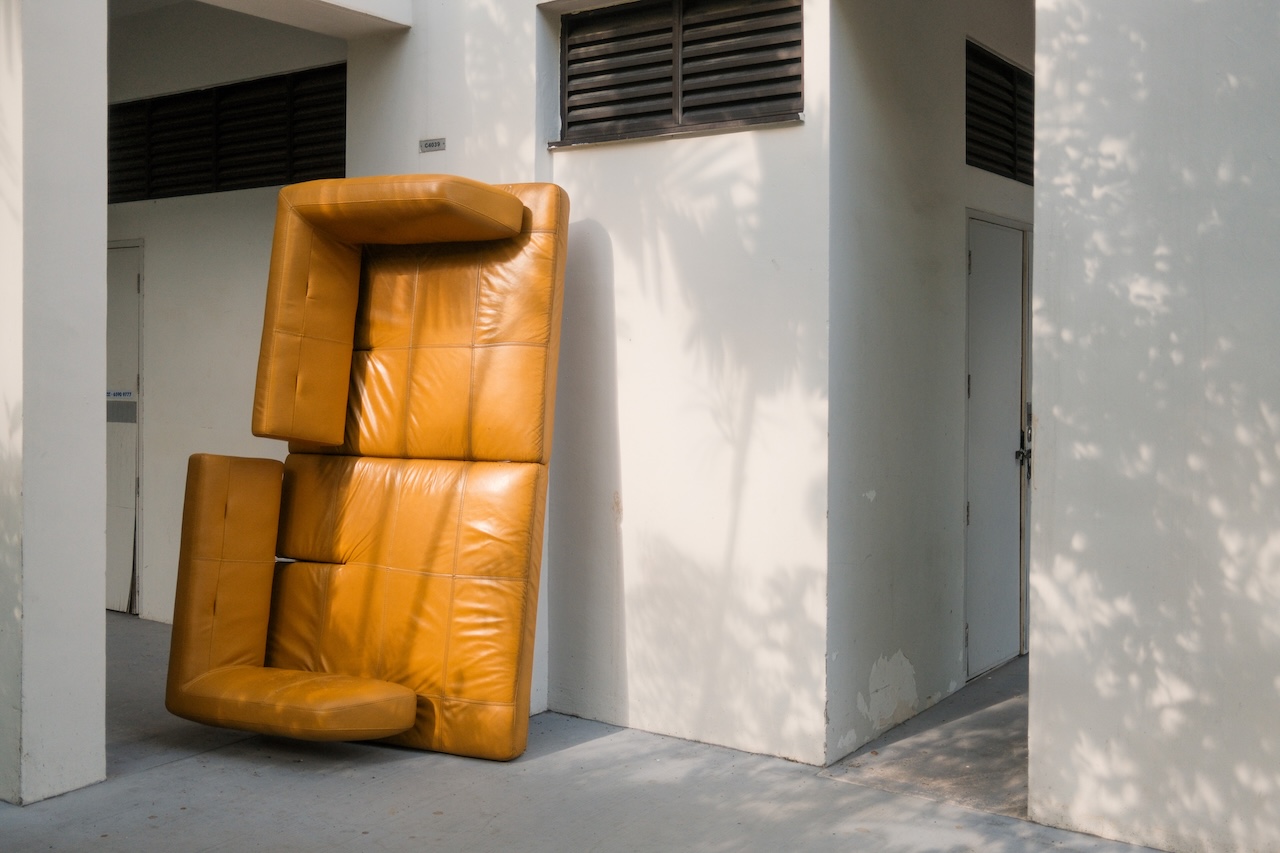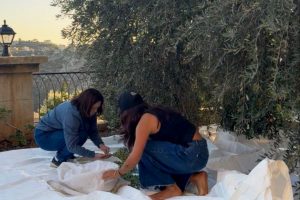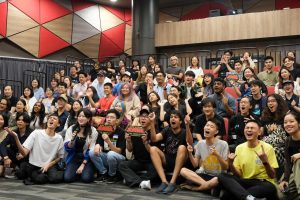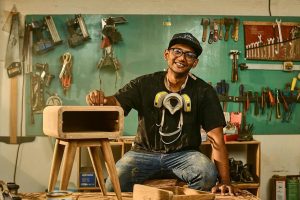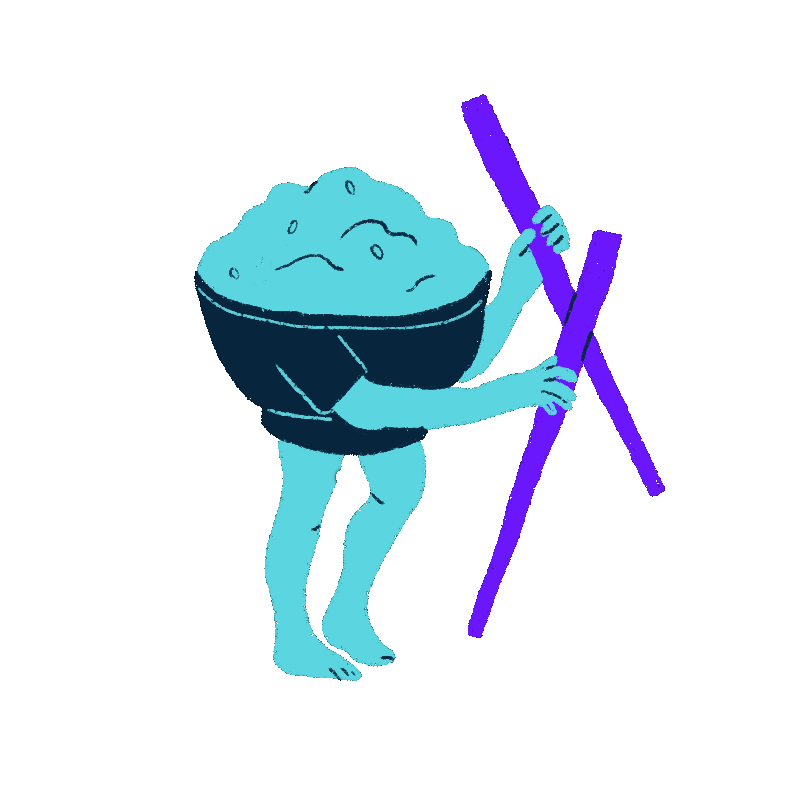All images courtesy of Wong Eng Geng
A tattered two-seater sofa. A coffee table missing a leg. A ratty gaming chair, its faux leather cracked and flaking. These discarded objects—often found slumped beside residential estate bin centres or abandoned at void decks—are as much a part of the HDB landscape as community cats and ‘No Football’ signs.
The bulky furniture, usable or not, eventually gets carted away and disposed of for good. It raises a quietly unsettling question: Have we become casually wasteful?
This question sits at the heart of Refuse: A Dumpster Diving Craft Handbook by designer and Singapore Polytechnic adjunct lecturer Wong Eng Geng. Blending photography, interviews, reflection, and craft, the 27-year-old makes a call to reconsider the potential of the things we throw away.
Through upcycling and DIY methods, he invites us to reimagine waste not as an endpoint, but as a beginning.
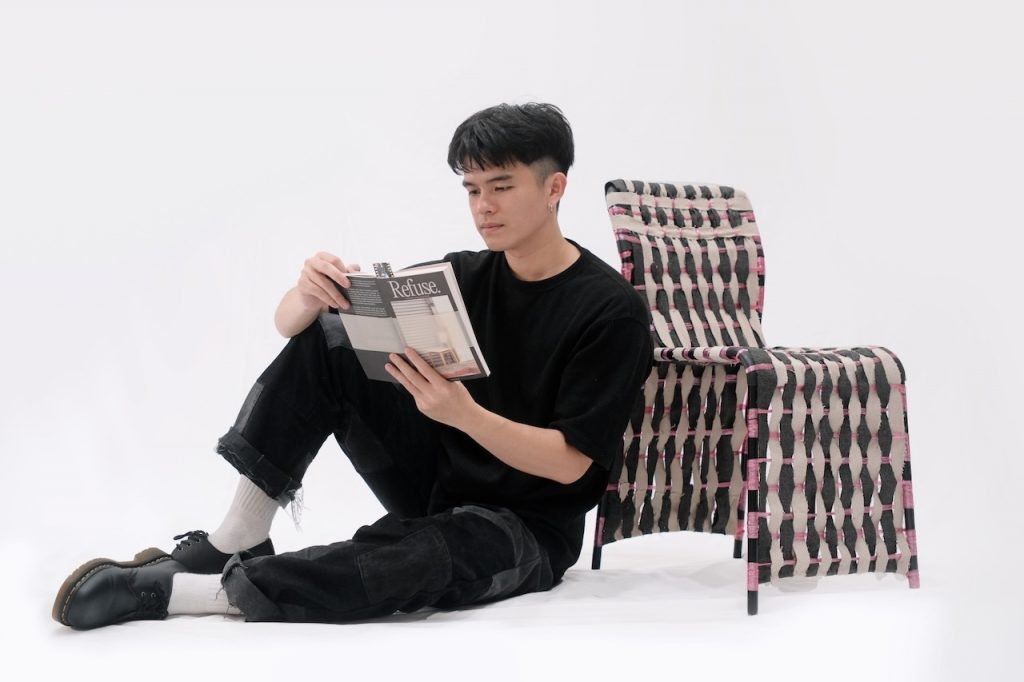
What began in 2021 as a photography project has evolved into a deeper investigation into what Singaporeans discard and the communities quietly reviving these discarded materials through design. At its core, Refuse is not just about salvaging objects—it’s about salvaging meaning in a society that’s quick to throw old things away.
Wong shares with RICE what he’s learned from watching the afterlives of our refuse.
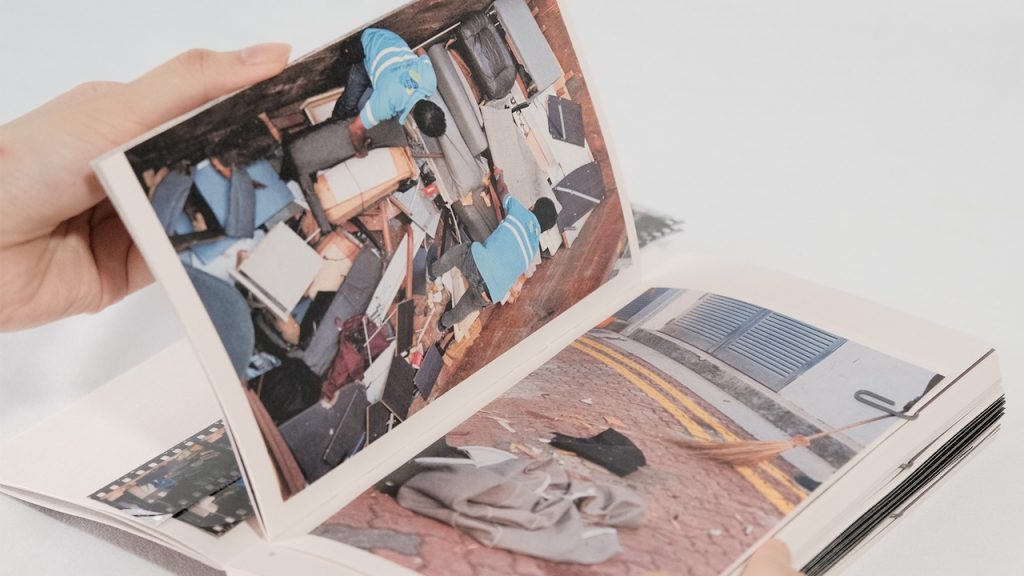
How did the idea for this project start?
In 2021, I was taking a furniture design module as part of my studies at the National University of Singapore. One of our tasks involved creating rapid prototypes with dumpster-dived materials.
I spent quite some time actively searching for materials at bulky refuse areas around my house. I think it’s quite funny that I’d pass by these areas daily, but never really noticed the amount of waste being discarded until I started consciously searching for it.
So I spent the next two to three years documenting all the bulky refuse I came across—on the way home, on the way to school, just during my daily commute.

What struck you in particular during your search?
That design module happened just as Lunar New Year was around the corner, so the first thing that really struck me was the sheer amount of furniture being replaced during festivals like these.
The second thing is that furniture is very, very hard to miss. It’s huge, eye-catching, and most of the time, nobody picks it up because it’s not the easiest to transport home. Compared to items like paintings, CDs, or electronics, furniture is often seen as ‘cheap’ and ‘dirty’. It also has the biggest footprint, literally.
I was inclined towards chairs too—they’re a soft spot for me. Maybe it’s also because I’m trained as a product designer.
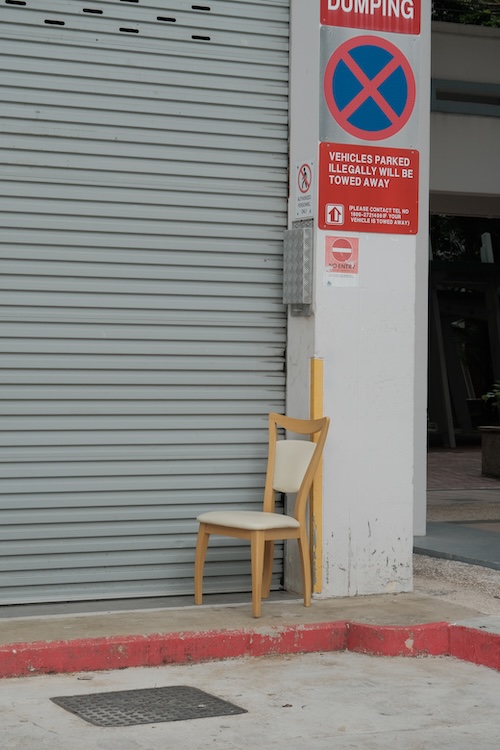
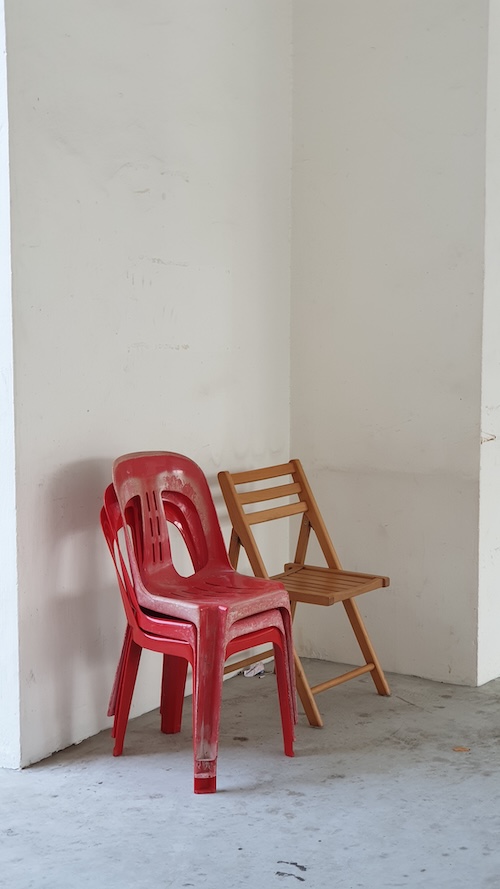
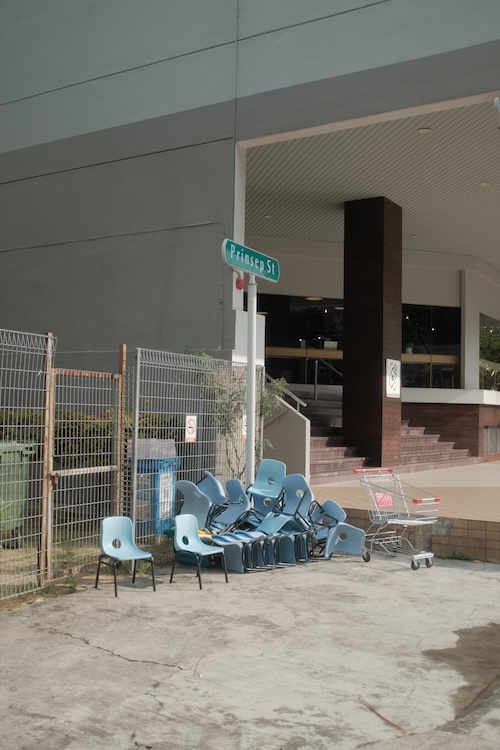
At what point did this investigation turn into a book project?
In my final year of university, I had the chance to weave this project into my thesis. That was when the investigation really took off—I went in-depth, not just speaking with stakeholders across the waste disposal ecosystem, but also proposing a solution to tackle the issue of furniture waste.
The premise of my thesis was to position dumpster diving as an alternative solution, rooted in the belief that we should view discarded furniture as crafting materials rather than waste. The book publication became my chosen medium to deliver this message.
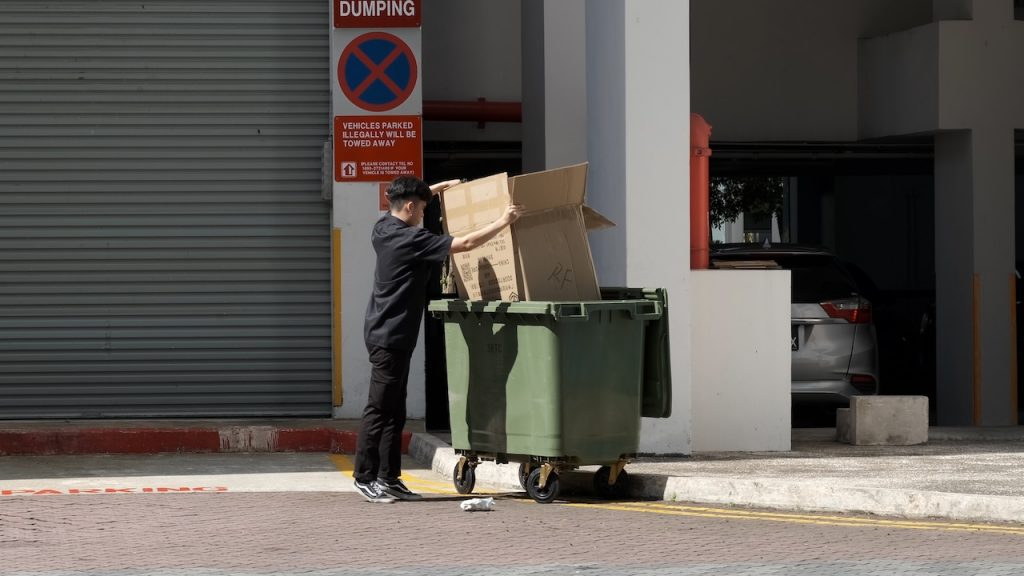
Cheekily, I also wanted a physical format so that if readers don’t buy into the ideas I’m proposing, I take comfort in knowing that when they eventually throw away the book, someone else might be able to dumpster dive it.
What surprised you during the course of the project?
The excellent quality of the furniture that people throw away.
I’m not exaggerating—I’ve found pieces still wrapped in protective cling film. As a society, we’ve reached a level of comfort where furniture isn’t discarded because it’s broken, but simply because we no longer want it.
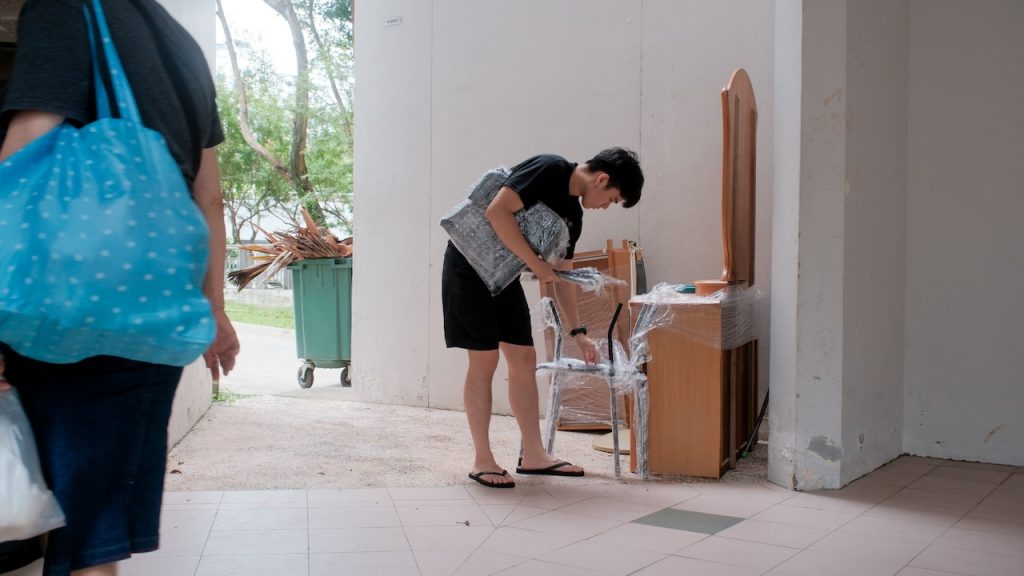
What made you want to encourage other designers to upcycle discarded material?
Designers and crafters are the perfect audience for the movement my book is trying to promote. They already have the skill sets to make something out of nothing. Material constraint isn’t unfamiliar to them—in fact, it’s often drilled into us in design school.
What I’m doing is simply exposing these designers to a new source of materials and pointing them in that direction. I enjoy the process because I’m not dictating the outcome or their approach—they have the freedom to be inspired by whatever they find in a dumpster.
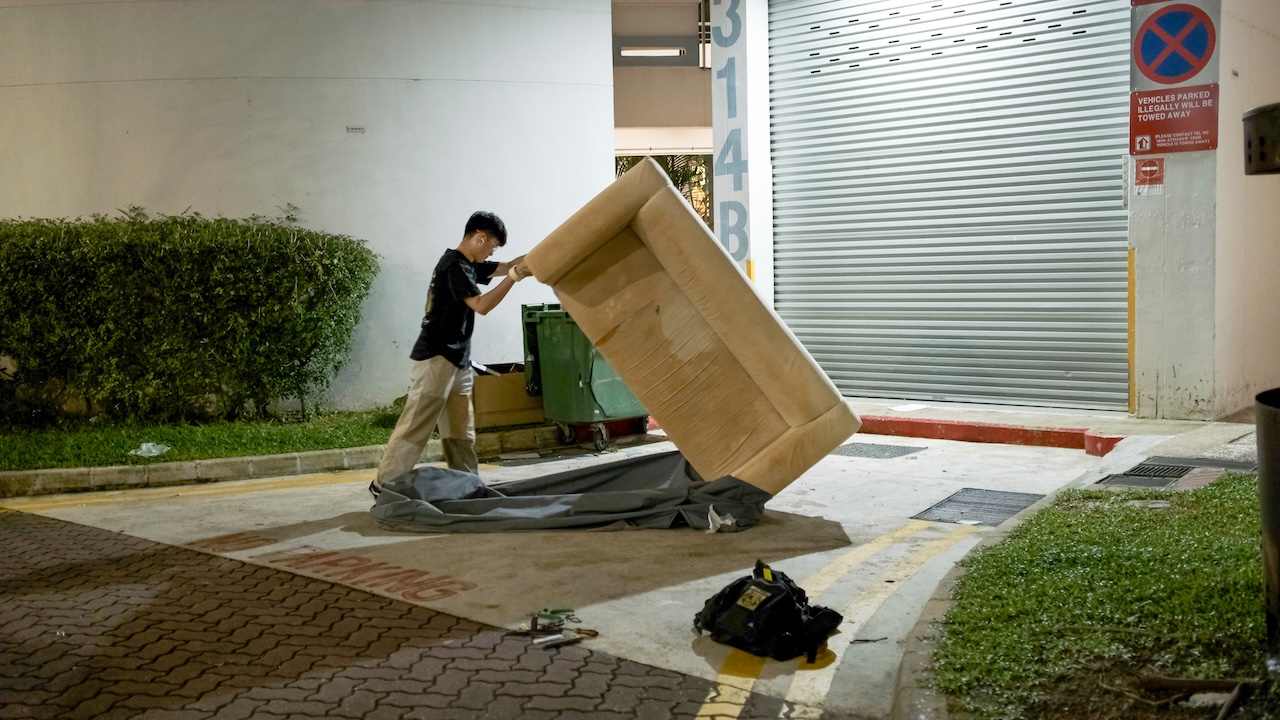
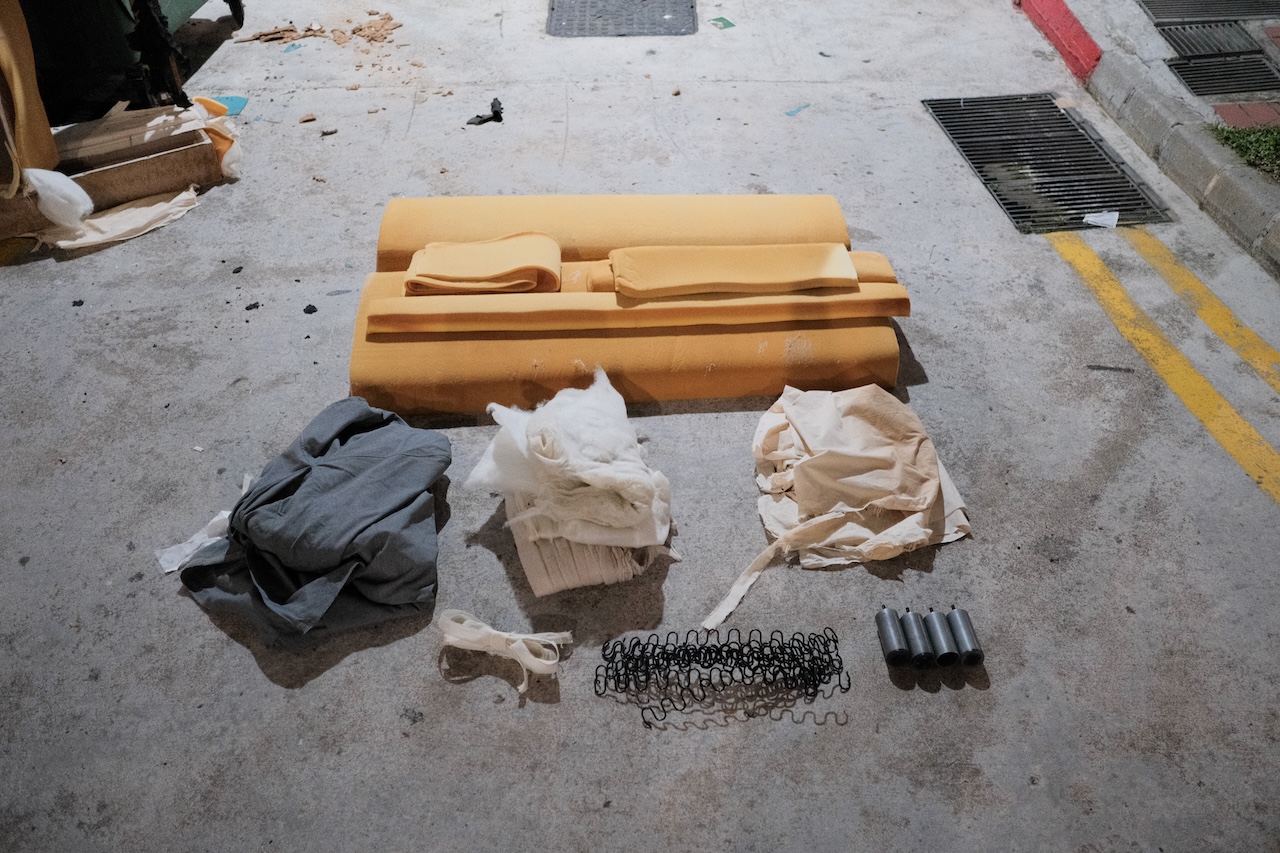
Did you face any issues collecting the refuse for yourself? Did anyone try to stop you?
It’s super interesting that you asked this, because it’s actually the complete opposite.
Over the years, I started noticing a pattern in how people dispose of things. The items are often placed near the green bin, but not close enough to get dirty.
It’s almost as if the previous owner felt guilty about throwing it away and wanted someone to pick it up and give it a new life. I explore this idea in a chapter of my book.
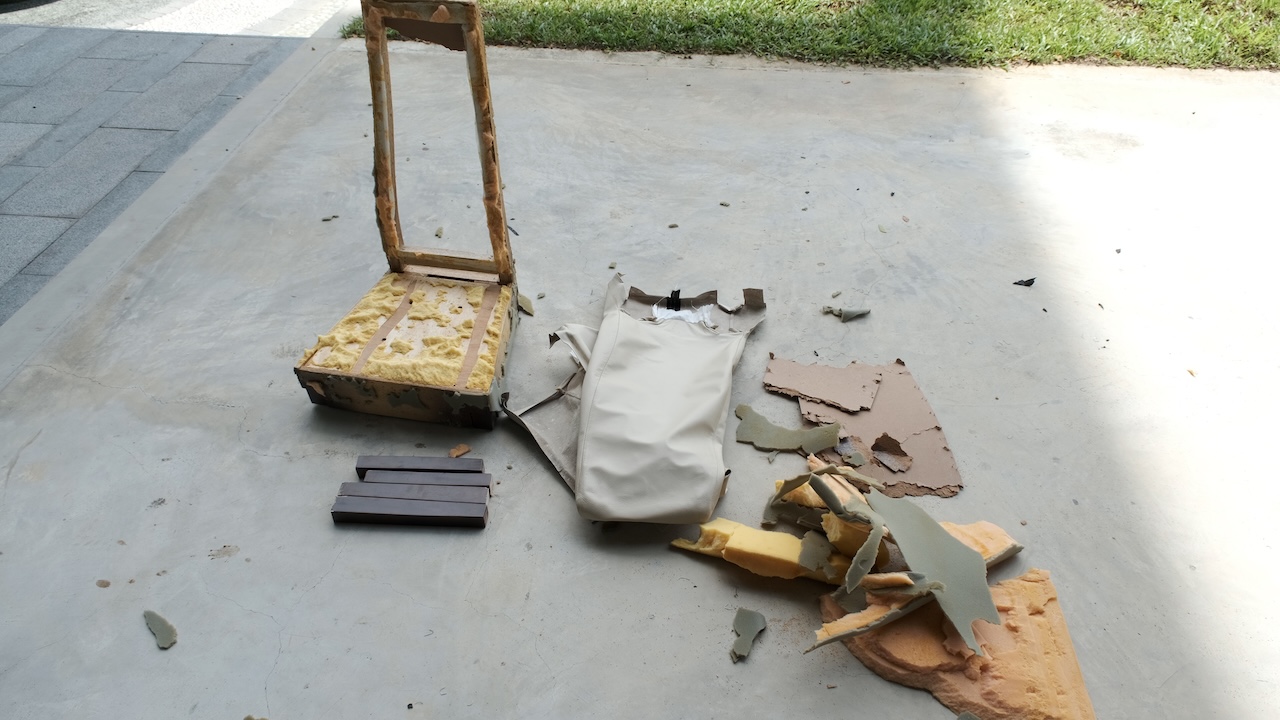
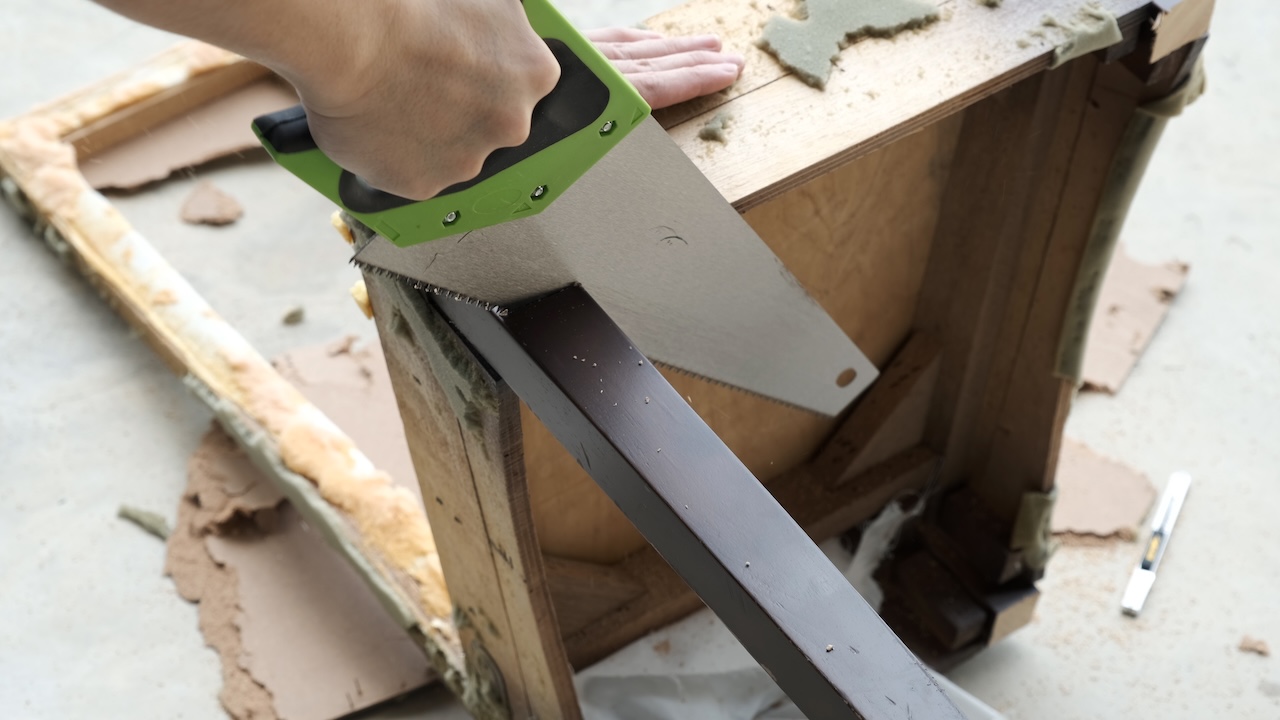
What do you think about the ‘buy-and-throw’ consumption culture in Singapore? What can we do about our consumption habits as individuals?
It’s a long debate: how we, as a society, arrived at this state of consumerism. And whether it’s for better or worse.
To be honest, I’m not going to pretend I’m “Mr Dumpster Diving” or “Mr I Never Throw Stuff Away”. I still enjoy buying things—random products that feed my soul—and I think that’s completely okay.
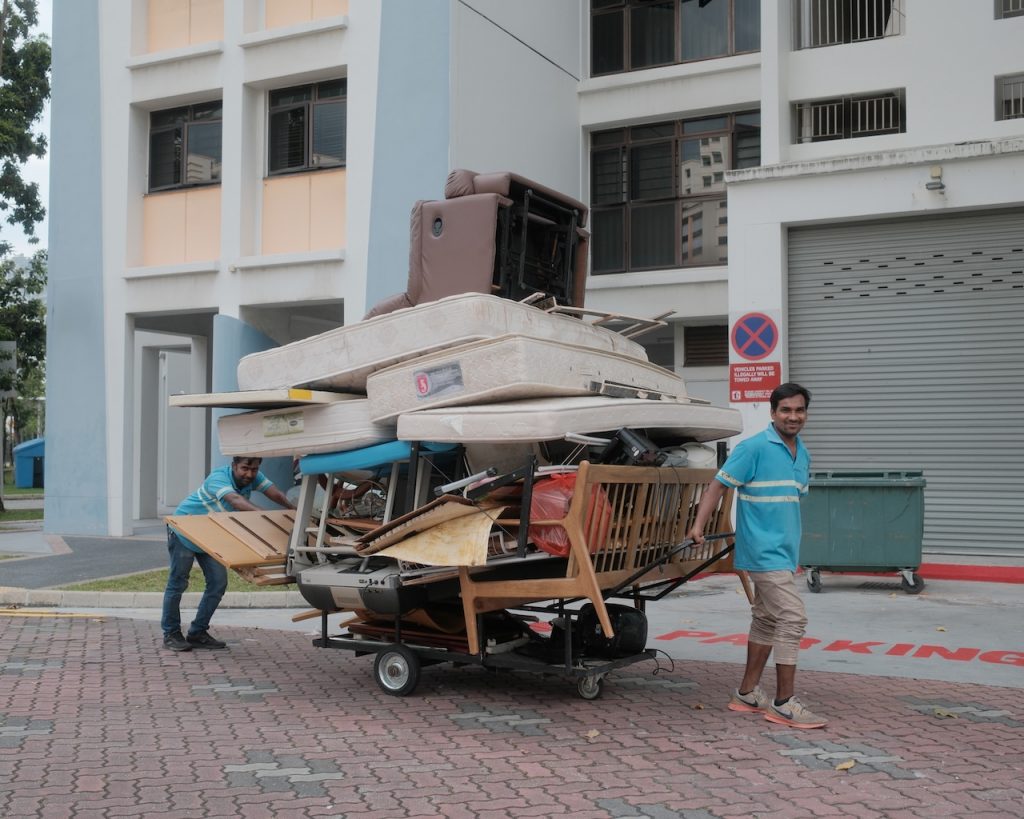
I believe we need to accept that people are going to throw things away, for all sorts of reasons. What I’m proposing is a shift in focus: instead of trying to stop people from discarding things altogether, let’s think about the afterlife of every product.
The best habits are grounded in individual action—like dumpster diving or upcycling—rather than always thinking on the scale of massive recycling plants or national solutions.
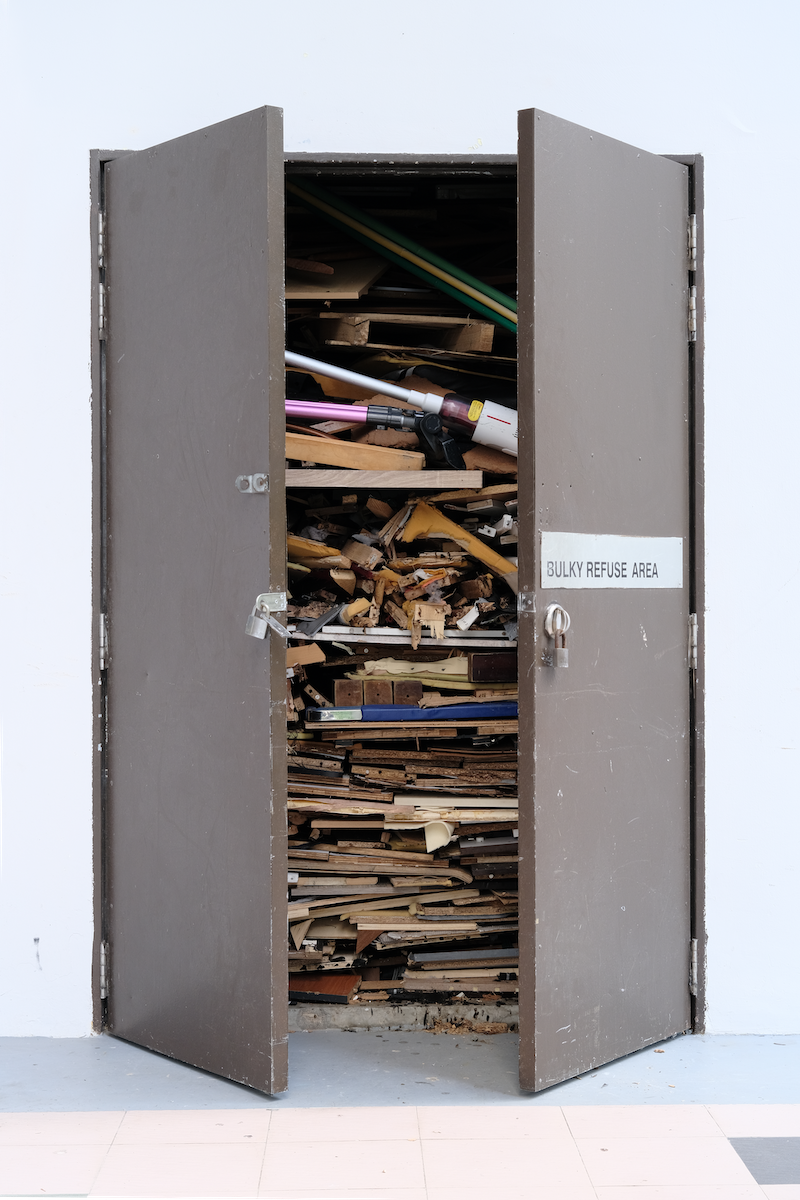
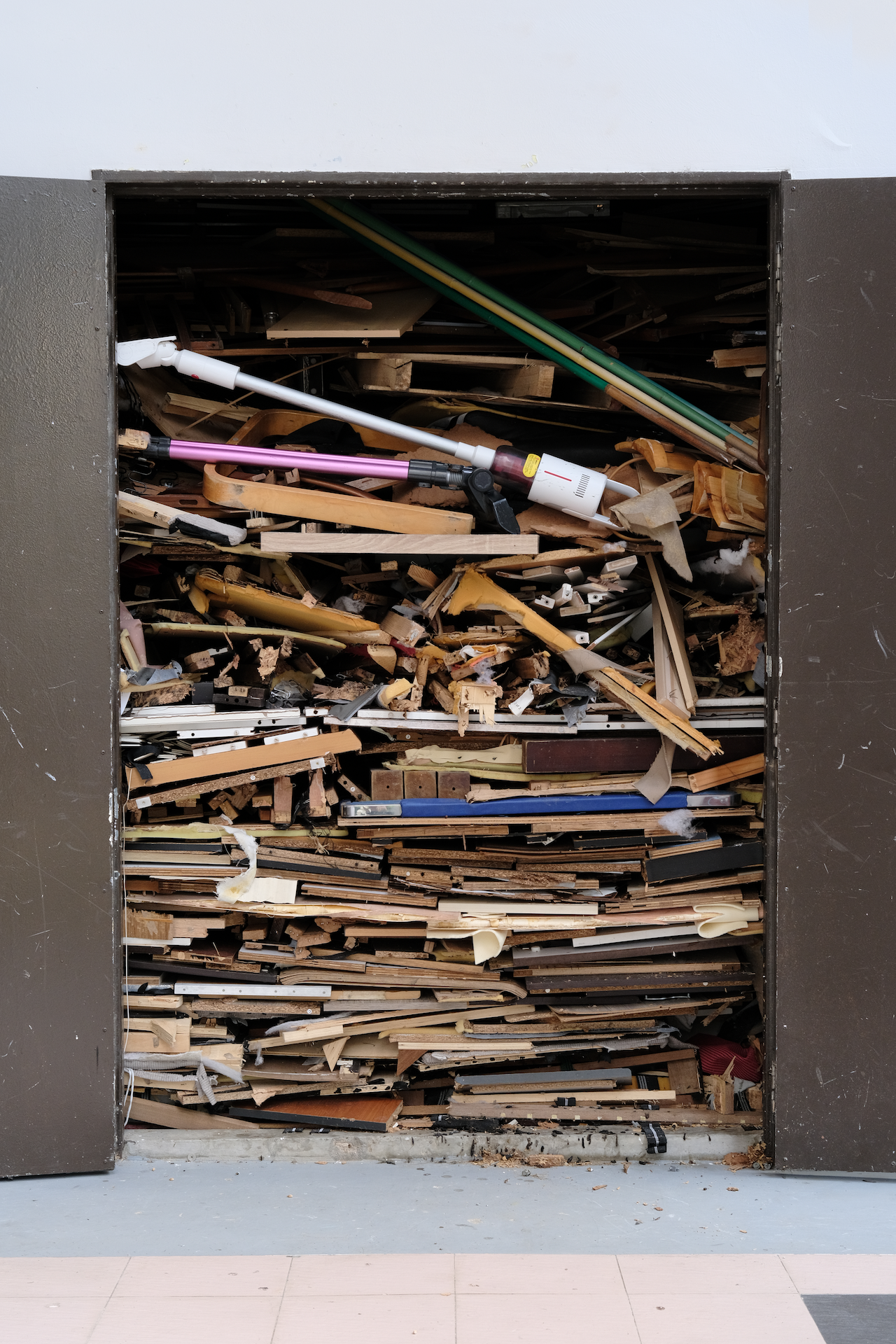
The idea of upcycling and repurposing found materials might feel daunting for most Singaporeans. How do you think it can become more accessible?
Great question—this is a common problem.
The most effective method I’ve found is to repackage dumpster-dived materials. The difficulty for many lies in mentally detaching the discarded material from what it used to be, and instead imagining what it could become.
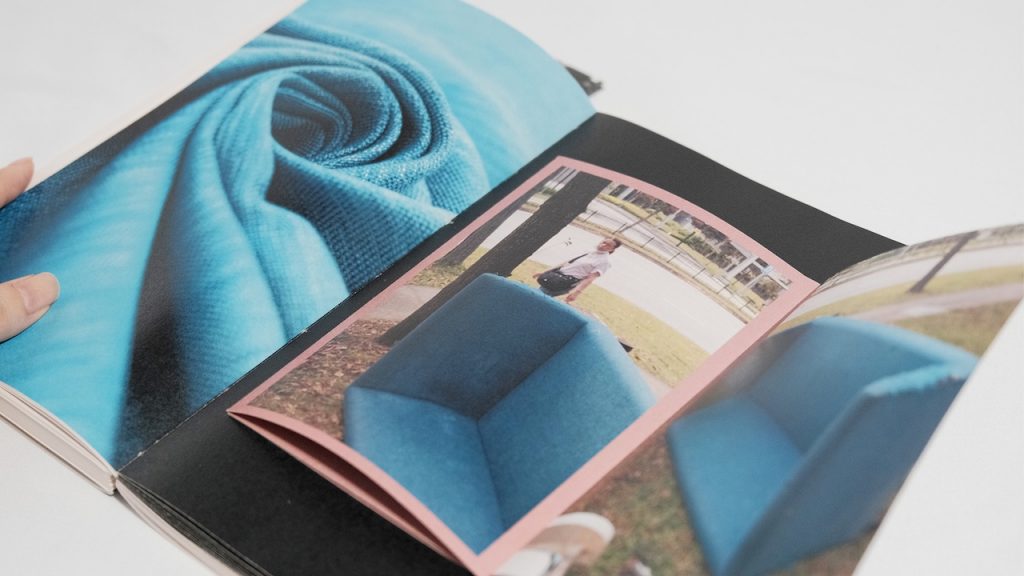
One experiment I did was to photograph the materials I found in the same format that fabric suppliers use to showcase new fabrics. By isolating them from their original context, it helped break that mental association with their past lives.
Suddenly, it wasn’t an ‘old dirty cloth from a sofa’. It was just another piece of usable fabric.
How did this project change your perspective on the things you buy?
I believe furniture designers and manufacturers should start exploring concepts around DIY repairs and maintenance.
Broken cupboard? Swap the hinge. Worn-out shoes? Get them resoled. But a crack in your sofa leather? There’s no elegant DIY fix for that. If future furniture were designed with repairability in mind, I can see how their lifespans could be significantly extended.
